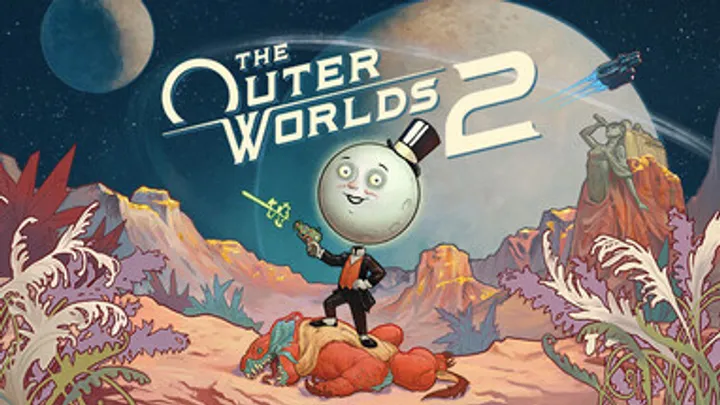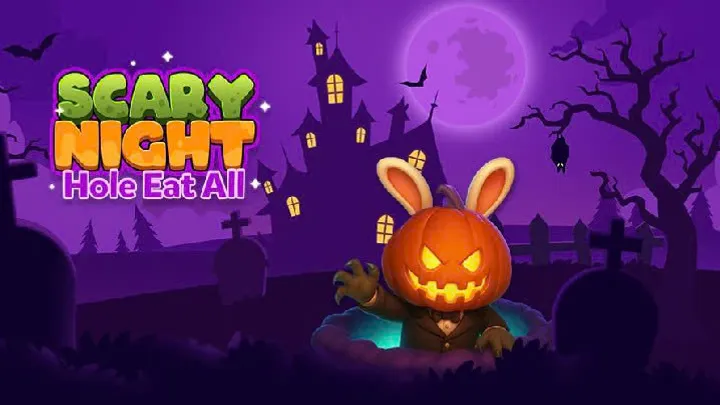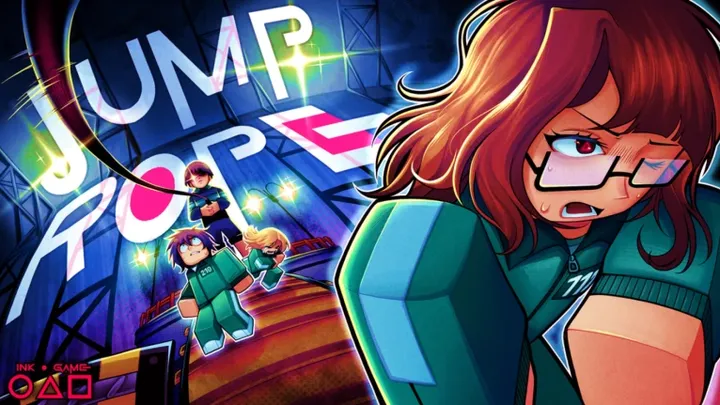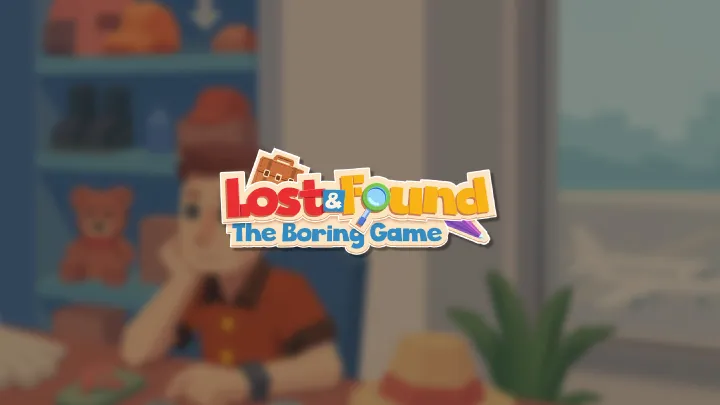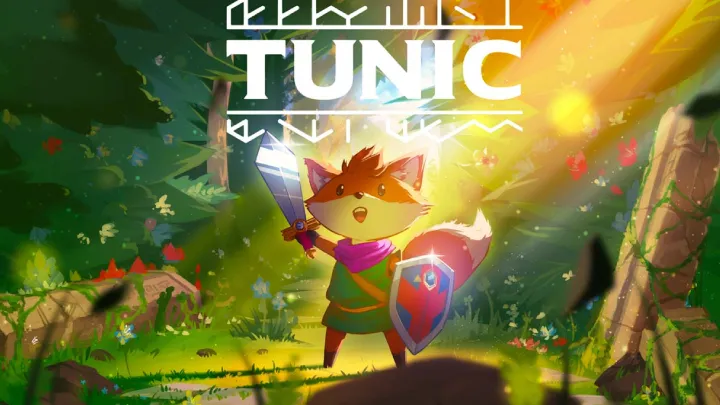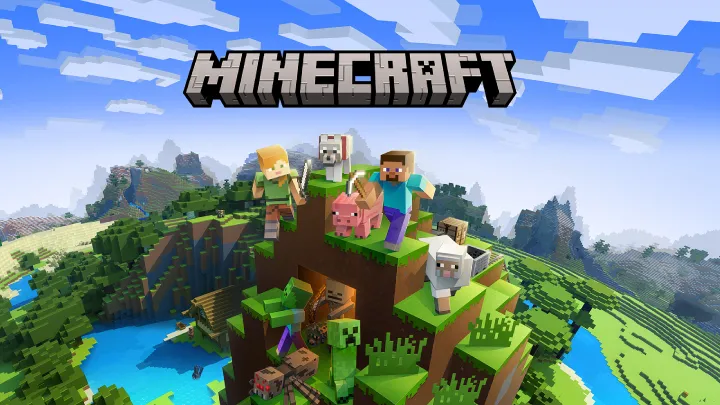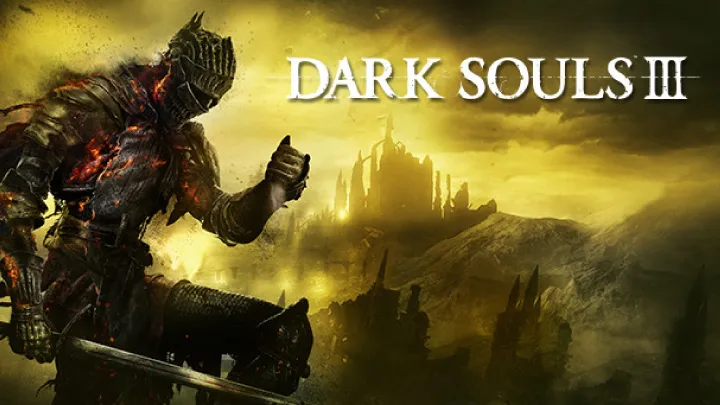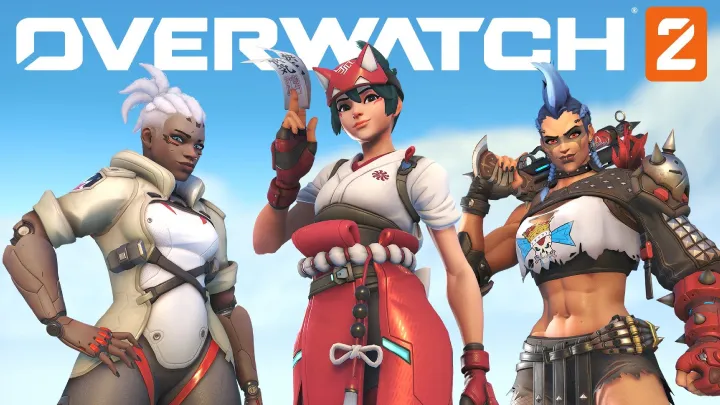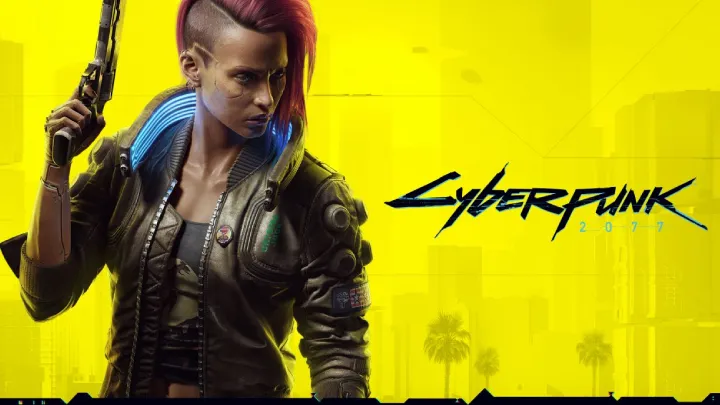Introduction
PARANOIA PLACE, developed and published by Bloody Pixel Games, was released on April 10, 2025, for PC via Steam. This indie survival horror game supports 1-3 players in online co-op mode, where participants must collaborate to solve puzzles, locate scattered items, and evade a relentless, bloodthirsty demonic killer within a nightmarish, procedurally generated complex. The game's design philosophy centers on the concept of "being thrown into the world," starting players with minimal guidance and forcing immediate adaptation to high-stakes survival. Featuring proximity voice chat, perma-death mechanics, and four difficulty levels—from Simplified for newcomers to Insane for veterans—it blends elements of stealth, puzzle-solving, and asymmetric horror, drawing parallels to titles like Phasmophobia and Dead by Daylight.
Since its full release out of Early Access, PARANOIA PLACE has received overwhelmingly positive feedback, with 89% of 1,081 Steam reviews rating it positively and recent reviews at 87% positive from 46 users. Community discussions on platforms like Reddit and X highlight its intense co-op experiences and atmospheric tension, though some note frustrations with randomization and repetition. YouTube gameplay videos, such as full release playthroughs and early access walkthroughs set in an asylum-like environment, have amassed views by showcasing the game's terrifying chases and puzzle-solving moments. This comprehensive review examines PARANOIA PLACE's narrative elements, world design, gameplay mechanics, and technical performance, incorporating insights from Steam, Reddit, and X to provide a balanced assessment. Ideal for horror enthusiasts seeking cooperative thrills or solo challenges, PARANOIA PLACE delivers a raw, adrenaline-fueled experience that tests teamwork and quick thinking in the face of unrelenting dread.
Narrative & Storytelling
PARANOIA PLACE employs a minimalist narrative approach, eschewing a detailed protagonist backstory in favor of an immersive "in medias res" setup that aligns with its core theme of sudden immersion into chaos. Players awaken in a foreboding, post-apocalyptic facility—often depicted as an abandoned asylum or industrial complex—without context, immediately thrust into survival mode against a supernatural demonic entity. The story, if it can be called that, unfolds through subtle environmental cues: faded posters warning of containment breaches, blood-smeared journals recounting failed escapes, and audio logs (accessible via proximity chat in co-op) that hint at a catastrophic event unleashing the killer. This sparse lore evokes a sense of paranoia and isolation, emphasizing the game's title by making players question every shadow and sound.
In co-op sessions, the narrative becomes player-driven, with voice interactions creating emergent stories of heroism, betrayal, or panic—such as one player sacrificing themselves to distract the killer while others solve a final puzzle. Solo play heightens the personal horror, turning the experience into a solitary descent into madness, much like Outlast's vulnerability-focused storytelling. However, the lack of a cohesive plot disappoints some, as noted in a Reddit thread on r/survivalhorror where users describe it as "loosing our minds" but lacking deeper emotional investment compared to narrative-heavy horrors like Until Dawn. X posts, such as those from VTubers collaborating on streams, often focus on the fun of shared scares rather than lore, with one user joking about the game being "survival horror yang cocok untuk anak-anak" (suitable for kids) in a tongue-in-cheek manner due to its over-the-top demon designs.
While not revolutionary, the narrative serves its purpose effectively by prioritizing atmosphere over exposition. Themes of paranoia and trust in co-op mirror real player dynamics, adding replay value through varied interpretations. For those expecting a scripted tale, it falls short, but its environmental storytelling and emergent co-op moments provide enough intrigue to sustain short, intense sessions.
World & Environments
The environments in PARANOIA PLACE form a procedurally generated labyrinth of despair, primarily set within a sprawling, derelict asylum or facility filled with dimly lit corridors, cluttered rooms, and hidden alcoves. Maps randomize each run, ensuring dynamic layouts that prevent predictability—hallways might twist into dead ends, or puzzles could span multiple floors connected by rickety stairs. Visuals lean into gritty realism with blood-splattered walls, flickering fluorescent lights, and scattered debris like overturned chairs or locked cabinets, creating a palpable sense of abandonment and danger. The demonic killer's presence is felt through environmental tells, such as distant growls echoing through vents or fresh blood trails leading to traps.
Atmosphere is amplified by excellent sound design: proximity voice chat requires players to whisper to avoid alerting the killer, turning every creak or footstep into a heart-stopping event. Ambient audio—dripping water, rattling chains, and the killer's guttural roars—builds unrelenting tension, as praised in YouTube videos like "Escape The Asylum | Paranoia Place," where creators highlight the immersive audio cues during chases. However, the world's repetition becomes evident in longer playthroughs; similar room archetypes (e.g., multiple storage areas with identical lockers) can feel formulaic, a complaint echoed in Steam discussions about difficulty and map variety. Invisible walls and loading hitches during co-op transitions occasionally break immersion, though post-release updates have improved procedural generation.
Compared to Phasmophobia's haunted houses, PARANOIA PLACE's asylum setting feels more claustrophobic and focused, enhancing paranoia but limiting scenic diversity. X users like @tutihanna_ share screenshots of eerie rooms during streams, noting how the lighting and shadows make hiding spots feel strategically vital. Overall, the world excels at sustaining horror through randomization and audio, though it could benefit from more varied biomes to combat repetition in extended play.
Gameplay Mechanics
Core Loop
At its heart, PARANOIA PLACE's gameplay loop is a tense cycle of exploration, puzzle-solving, and evasion: players spawn into the map, scavenge for randomized items (keys, fuses, tools), solve interconnected puzzles to unlock exits, and flee from the pursuing demonic killer. Runs last 20-45 minutes, with perma-death ending the session upon capture, encouraging quick adaptation. Co-op adds layers of coordination—dividing tasks like one player distracting the killer while others fetch items—while solo emphasizes stealth and resourcefulness. The four difficulty modes scale challenge: Simplified offers hints and slower killers, while Insane ramps up speed and aggression, as discussed in Steam forums where players share strategies for hard mode achievements.
Puzzles & Item Collection
Puzzles are straightforward yet integral, involving environmental interactions like rewiring electrical panels, decoding locks with found codes, or combining items to create distractions (e.g., a noise-maker from batteries and scrap). Randomization ensures variety— a key might hide in a vent one run but a drawer the next—forcing improvisation. However, this RNG can frustrate, with Steam reviews noting instances where essential items spawn behind locked doors or in high-risk areas, leading to unbalanced sessions. Proximity chat enhances puzzle-solving in co-op, allowing real-time hints without breaking immersion, though miscommunication often leads to hilarious or disastrous outcomes, as seen in YouTube playthroughs.
Stealth & Killer Mechanics
Stealth is paramount, with mechanics like crouching, hiding in lockers, or holding breath to mask noise. The killer's AI is adaptive, learning from player patterns—if you hide in the same spot repeatedly, it prioritizes that area—creating escalating tension. No combat exists, emphasizing vulnerability; detection triggers chases with the killer's speed increasing over time. Co-op betrayal potential (e.g., luring friends to the killer) adds social horror, though it's not enforced. Drawbacks include occasional hitbox issues during pursuits, where the killer clips through walls, as reported in Reddit posts. Compared to Dead by Daylight's generators, puzzles here feel more integrated with stealth, but repetition in item hunts can dilute excitement.
Co-op & Difficulty Scaling
Online co-op for 1-3 players shines brightest, with voice chat fostering emergent teamwork or chaos—players whispering plans or screaming in panic. Solo mode is punishing but viable for stealth purists. Difficulty modes provide progression, but Insane's high failure rate (low achievement completion, per Steam stats) alienates casuals. Updates since Early Access have refined balance, adding new items and killer behaviors. Gameplay is engaging and replayable, though RNG and fetch quests occasionally feel grindy, making it best for short, social sessions.
Technical Execution
PARANOIA PLACE performs solidly on PC, meeting minimum specs (GTX 960 equivalent, i5 processor) with stable 60 FPS on mid-range hardware. Visuals utilize Unreal Engine for realistic lighting and gore, with dynamic shadows enhancing chases, though repetitive textures in procedural rooms show budget constraints. Optimization is decent, but co-op lag spikes occur during peak times, as noted in Steam discussions. Audio is a technical triumph: spatial sound for footsteps and voice chat immersion is flawless, but music loops sparingly to avoid repetition, sometimes leaving sessions eerily silent.
Controls are intuitive—WASD movement, mouse for interaction—with customizable keybinds, though no console port limits accessibility. Bugs like item clipping or AI pathfinding glitches persist post-launch, frustrating in critical moments, per Metacritic user scores. Proximity chat quality varies with internet stability, leading to echo issues in some reviews. Patches have addressed major Early Access problems, improving map generation and stability. Overall, technical execution supports the horror focus adequately, with audio and procedural elements standing out amid minor polish needs.
Community Feedback
PARANOIA PLACE boasts a vibrant, positive community, with 89% of 1,081 Steam reviews positive and recent feedback at 87% from 46 users. Reddit's r/WeLoveEveryGame and r/survivalhorror threads praise its co-op scares, with one post calling it "89% positive of 618 reviews" and highlighting the asylum escape thrills. X activity includes VTuber streams like @zeyahaize's collaboration, where users discuss "PARANOIA PLACE GAME SURVIVAL HORROR YANG COCOK UNTUK ANAK-ANAK?" in jest, and @tutihanna_ seeking co-op partners, reflecting social engagement. YouTube videos, such as full release gameplay and Early Access asylum escapes, garner thousands of views, with creators emphasizing the demon chases.
Critiques focus on difficulty and repetition: Steam discussions lament hard mode's low completion rates, while Backloggd users note "maçant" (tedious) fetch quests. Softonic and IGN reviews commend the premium survival elements but suggest more narrative depth. The community hub on Steam is active with strategy guides, and Discord servers facilitate matchmaking. Despite some RNG complaints, the game's co-op appeal fosters loyalty, with players logging dozens of hours for achievements and friend groups.
Final Verdict
PARANOIA PLACE stands as a compelling indie survival horror gem, particularly for co-op fans craving tense, voice-chat-driven escapes from a demonic foe. Its procedural maps, adaptive AI, and atmospheric audio deliver genuine scares and replayable chaos, making it a strong contender in the genre alongside Phasmophobia. While repetitive puzzles, RNG frustrations, and minor technical glitches temper its perfection, the thrill of teamwork and evasion outweighs these flaws for most. Solo players may find it punishing, but with friends, it's an adrenaline rush worth the price. Recommended for horror enthusiasts seeking short, intense sessions—grab a headset and dive in, but be prepared to run for your life.
















































